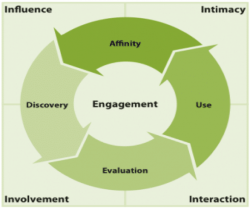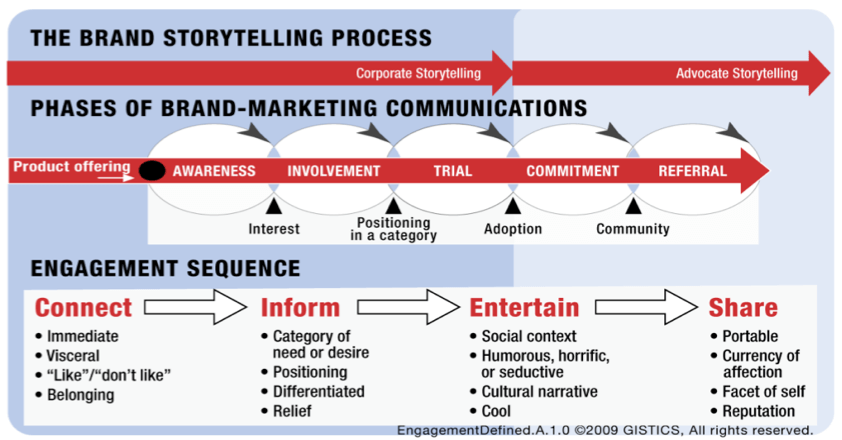Analyzing The Importance of Consumer’s Engagement in Creating Brand Value
How to develop a connection that goes deeper than the usual ‘brand-consumer’ relationship
Nowadays, marketers have so many options available to connect with consumers. As we move to a digital culture and with the rise of mobile and social media technologies, consumers are now more powerful than ever. They are able to stay connected and to find information about a brand, product or service easily by their own. This trend is essential for brand marketers to embrace all of the resources available for them to sell the products and services to their consumers most efficiently.
In order to stay on top and stand out in this competitive modern market, brands need to provide real-time, personalized experiences that reach consumers just as much as they need them. Consumer engagement is becoming very important for companies striving to build their brand value. You can take advantage of technological innovation to create compelling connections everywhere and anytime. Today, consumers have control over the buying process, forcing the marketers to adapt in providing them with optimized and engaging experiences. Through some channels, marketers should adopt multiple ways to reach out and to engage consumers.
Consumer engagement is the engagement of consumers with one another, with a company or a brand. The initiative for engagement can be either consumer-or company-led and the medium of engagement can be both online and offline. Take social media as a marketing channel for instance. Through active communication, attractive and constant-updated content; brands can successfully engage their consumers. Successful online consumer engagement can improve the attributes of brands or attract more consumers to use their products or would like to advocate for a particular brand.
Forrester defines engagement as: The level of involvement, interaction, intimacy, and influence between an individual with a brand. Forrester’s model sees the consumer progressing sequentially through these four stages, increasing their level of engagement at each step. The four I’s of Forrester’s engagement levels align nicely to their customer buying process.

In details, consumer engagement can be described in below sequences:

Engagement is really about brands having a meaningful interaction or connection with individual consumers. It denotes dialogue. It’s about a conversation and not a campaign. As a well-known provider for beauty products, Dove, is committed to help women realize their personal potential for their own beauty. Dove created “Campaign for Real Beauty” and “Dove Self-Esteem Fund” to educate and inspire all girls and women to embrace a wider definition of beauty. Real Beauty Campaign provided a video that focused on the emotional appeal of women to ignore their own harsh critics, to embrace, and also to empower their inner beauty.
Dove’s Real Beauty Sketches is the most viral video ad of all time in online world. The content is so meaningful everyone wants to share it. Dove really digs up deep this time! The self esteem-boosting message resonated with an amazingly huge audience.

Through the campaign, Dove has shifted its social media strategy from a brand-focused platform to the one that now highlights its consumers. Dove learns that engaging its consumers are far better for its brand’s long-term success.
As we can see in Dove Real Beauty Campaign, improving consumer experience is not only by providing a means of differentiating your brand, but also leads to greater consumer engagement. Ultimately, encouraging a connection that goes deeper than the usual ‘brand-consumer’ relationship, is needed to create brand value, to increase brand awareness, and to create consumer loyalty and retention.




 By. Ika Fitriyanti
By. Ika Fitriyanti